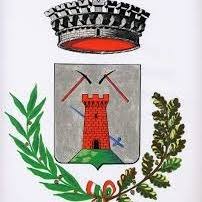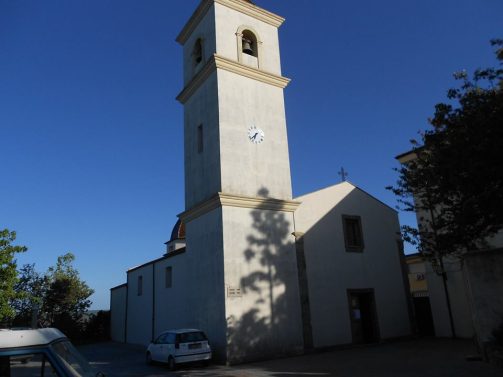The presence of man in the territory of the Municipality of Silius would date back to the 4th-3rd millennium B.C., limited, however, to the plateaus located southwest of the territory, in the vicinity of s’Incorradroxiu, in visual communication withPranu Muttedu of Goni, where funerary and cultic circles have been identified. Certain archaeological sources are had for the Nuragic period. Eight kilometers from the town, in the locality called Nuraxi, which takes its name from the village of the same name that disappeared as early as the 16th century, included, in part, also in the territory of Ballao, are the remains of ancient Nuragic vestiges including two domus de janas and several nuraghi, located in the predominant reliefs; most of which were reoccupied by the Romans to control the border between Gallilenses, barbarians of the Gallila-Gerrei, and the Patulcenses, more civilized inhabitants of the plains. Four of them, Santu Damianu, the only one that can be visited, Coronellu, Pala de is Arrolis and Foddi, form a quadrilateral in whose center the settlement must have been located. To the east and near the inhabited center of the municipality of Silius and the SS 387 of Gerrei is located in the locality of Funtana Crobetta a nuragic well in an excellent state of preservation. The area was also inhabited by the Punics, as would testify to the discovery in the Domixedda locality of Punic tombs rich in artifacts. The Roman period is evidenced by the place-name Funtana di Apuddu (Fountain of Apollo), where there are two abundant springs of drinking water. Nearby is a small medieval church dedicated to Santa Maria di Cleofe celebrated on the Monday after Easter. The first to give news of Silius was Giovanni Francesco Fara, who in his sixteenth-century De Rebus Sardois includes it in the curatoria of Gerrei or Galilla where were the villas of Nuraxi, Siuro and Sassai, today included in the territory of the municipality of Silius. Of Sassai it is still possible to visit the restored ruins of the medieval castle known as Orguglioso, dating from the mid-13th century. This fortress, with a rectangular base, the scene of war between Arborea and Aragon in 1353, preserves, part of the perimeter walls, almost all of the square tower, the cistern, the oven and the walls of the internal structures with parts of the half-barrel ceilings. Belonging to the diocese of Dolia, included in 1503 in the Archdiocese of Cagliari, Silius along with the other villas of the Gerrei, in the division of 1258 when the Giudicato of Calari fell, was assigned to the Count of Capraia, and at the extinction of his lineage, in 1324, given as a fief to Berengario Carros. During the period of the wars between the Kingdom of Aragon and the Giudicato of Arborea it was occupied by the troops of the latter until 1409, the year of its capitulation. In 1493 it was sold to Ramon Zatrillas. It remained the property of this family until September 17, 1814, the date of the death of Don Francesco, the last heir of that lineage. In 1816 the fief became the property of Don Pietro Vivaldi Pasqua Marquis of Villaclara, grandson of the previous on his mother’s side. Included in 1821 in the province of Cagliari, the fief was redeemed on May 15, 1839. From 1846 to 1981 the town had a slow but gradual increase in population. In fact, in 1846 (V. Angius) it had 692 souls, in 1861 823, in 1901 971, in 1951 1133; in the 1961 census, following the activation of the mines it had 1328 inhabitants, an increase of 17.2%, until it reached its highest point in 1981 with 1472 inhabitants. After this last census, the population trend follows the negative fate of the mine: in the 1991 census it had 1383 inhabitants, a decrease of 6%; as of January 1, 2008, 1308 with a further decrease of 5.6% (404 families in 458 dwellings, population density in the territory of the Municipality of Silius about 34 per square kilometer)
Source: https://www.comune.silius.ca.it/silius/hh/index.php



